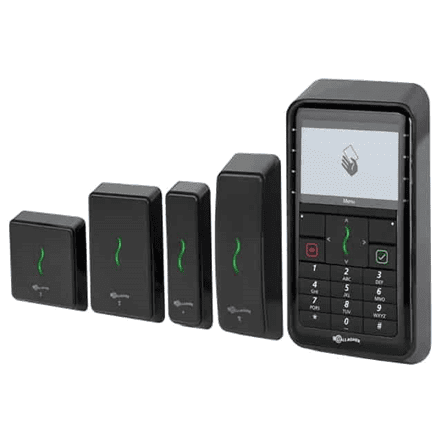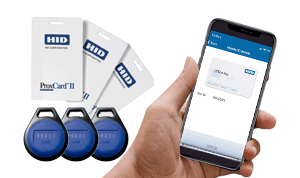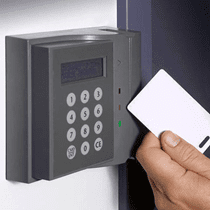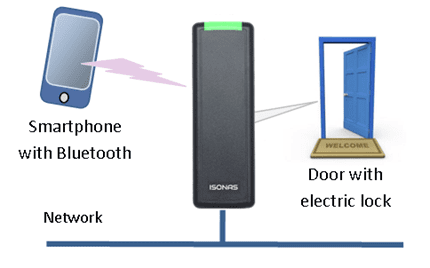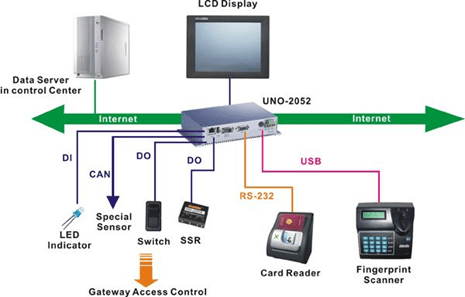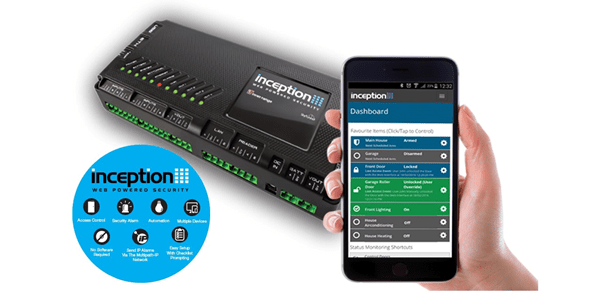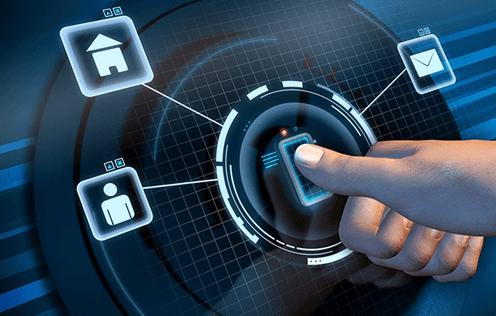
Technology is rapidly changing the physical security landscape. Installing an access control system can increase the level of security attained as well as providing tracking tools to monitor access to secure areas.
A top consideration of any security system is the level of security offered, but it is not the only one. Other important factors might include the quality of the hardware, ease of updating the software to reduce vulnerability to hackers, and the encryption of credentials.
The systems can operate as a standalone device or integrated within an existing system.
The ease of changing user credentials, user experience, use of multifactor authentication, and level of administrative control can narrow down the system selection.
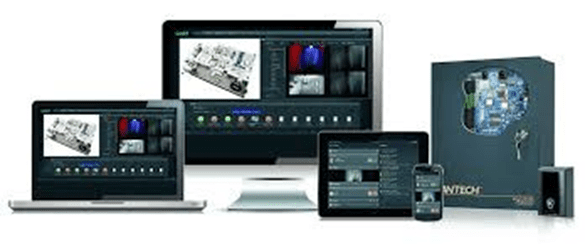
Evaluate
Application Needs
The first step is to evaluate the need for access control.
Where will the system be installed and what level of security is required for that area.
Who will need access and during what hours? The application will determine the features required.
Consider entry doors, storage, or IT rooms, along with desks, file cabinets, or other doors and drawers holding secure information, valuable assets, or expensive systems. Sensitive information might include client, company, or vendor data and assets.

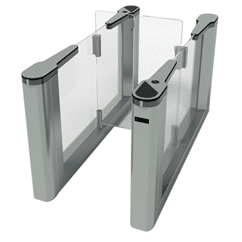
Security Needs
•What level of security does the area require?
•What level of security does the building require?
•Will single authorization suffice or does security concerns require multi-factor authorization?
•How many users will need credentials?
•What level of monitoring will maintain security?
•What types of card credential are required?
•Do they require a integrated system?
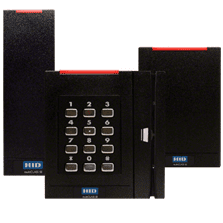
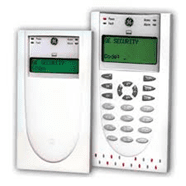
Compliance and Regulatory Requirements
•What regulatory arms monitor the security measures the company chooses?
•E.g Security Risk assessment, Consultant
•Does meeting compliance requirements include regular reports?
•What policies and procedures must coordinate with the security measures implemented?
•Do we need to meet Government approvals?
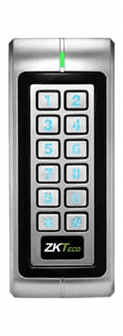
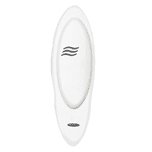
Installation Requirements
•How will the company install the system?
•Will the new system integrate with existing security protocols or operate as a standalone access control system?
•Will management use in-house staff to install the system or is professional installation needed?
•How many locks will the control panel operate?
•What are the company’s software integration needs?
•Is the system compatible with third-party hardware?
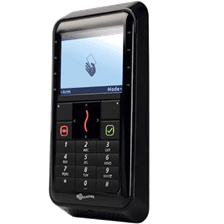
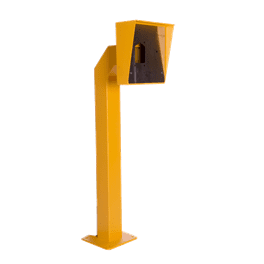
Compatibility with Existing Security
•Can the system integrate new protocols with the current system.
•New systems may require all new locking devices or could utilize the existing hardware.
•Is the new system compatible with other security components such as surveillance cameras?
•Can we reuse existing hardware?
Communication
•How will the new system communicate with existing technology within the company?
•How will user key cards communicate with the reader to verify credentials?
•What type of authentication will the system support?
•Do we need to install and new cabling?
•Any third party high level interfaces?
•CCTV
•Lift
•Analytics (LPR or Face)
•Will the system grow with the company?
•Can it expand and upgrade as the company grows and technology changes?
•Do we need to connect multiple sites?
•Do we need to connect multiple campus’?
•How easy is it for managers or administrators to configure and maintain the software?
•Can they overcome technical issues, cancel, and reissue entrance credentials, and monitor the activity in the secure area?
•Also consider the ease of use for everyday users, which could include individuals, employees, subcontractors, or customers. The user experience will factor into the effectiveness of the security system.
•Security measures users find it difficult to manoeuvre can encourage shortcuts and actions taken to bypass protocols, which can compromise the system.
Cost
•Cost how much will the access control system cost to purchase, install, and maintain over the next decade.
Conduct Regular Checks
•Security checks can include ongoing staff training, log reviews, and tracking measures that audit the effectiveness of the system.
•A critical review of audit data on an ongoing basis can uncover new problems, highlight vulnerabilities, and uncover new areas that need additional security.
